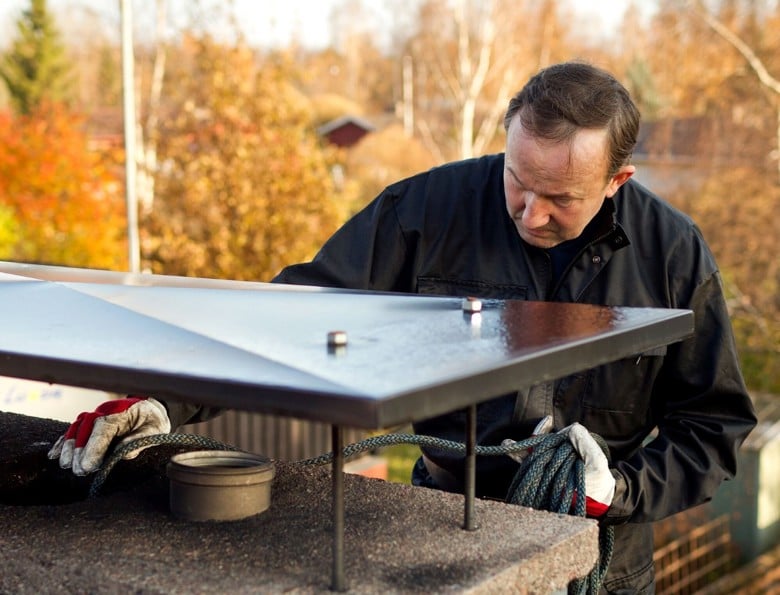Health and climate effects of wood burning

The use of fireplaces generates smoke, i.e. emissions into the air. Harmful emissions are generated especially if waste or wet wood is burned. The emissions from poor combustion are many times higher than those from the skillful burning of dry wood in a good fireplace. The emissions include particles, carbon monoxide, hydrocarbons and black carbon, as well as polycyclic aromatic compounds, such as benzo(a)pyrene. These are harmful to human health and also reduce comfort. In addition, black carbon is a pollutant that accelerates climate change, and black carbon emissions, particularly from northern latitudes, travel to glaciers and speed up their melting process.
It is not healthy to breathe in smoke
Fine particles are the biggest environmental health risk, causing an estimated 1,600 to 1,800 premature deaths in Finland each year. Wood burning is estimated to account for around 13% of these deaths. In the Helsinki metropolitan area, about a quarter of the fine particle emissions from combustion originate from small-scale wood burning. Of these emissions, about half come from fireplaces and just under half from wood-burning sauna stoves.
Fine particles increase respiratory and cardiac symptoms, and long-term exposure increases morbidity and mortality. Benzo(a)pyrene is carcinogenic, which means it increases the risk of cancer. Particularly sensitive population groups include children, asthmatics of all ages and elderly people with coronary artery disease or chronic obstructive pulmonary disease. The Finnish Institute for Health and Welfare (THL) estimates that small-scale wood burning causes about 250 premature deaths in Finland each year.
Soot emissions contribute to the melting of ice
Poor wood burning also has adverse effects on the climate. Poor combustion of wood produces black carbon, or soot, which is transported from Finland’s latitudes to the Arctic and advances the melting of ice.
If you are bothered by smoke from a neighbour
If you are bothered by smoke coming out of a neighbour’s chimney, the first thing you should do is talk to that neighbour. Maybe they just have not come to think that the smoke would bother others. If talking does not help, contact the environmental or health protection authority of your municipality. They will give advice and, if necessary, determine whether the smoke in the area causes any harm to comfort or health.
The assessment of the harm is influenced by the frequency of occurrence, duration and intensity of the smoke. In practice, smoke reduces comfort even before there is a clear health hazard.